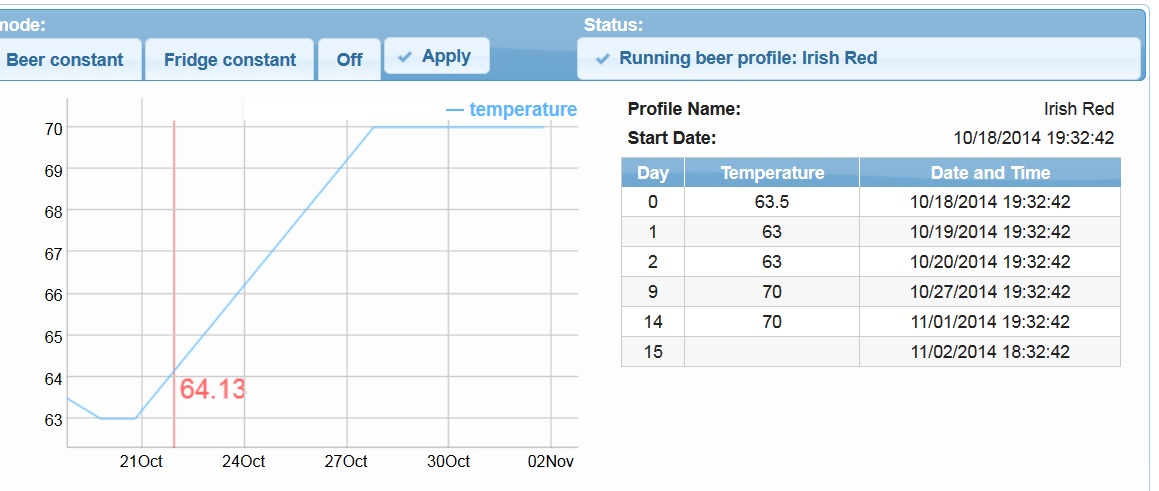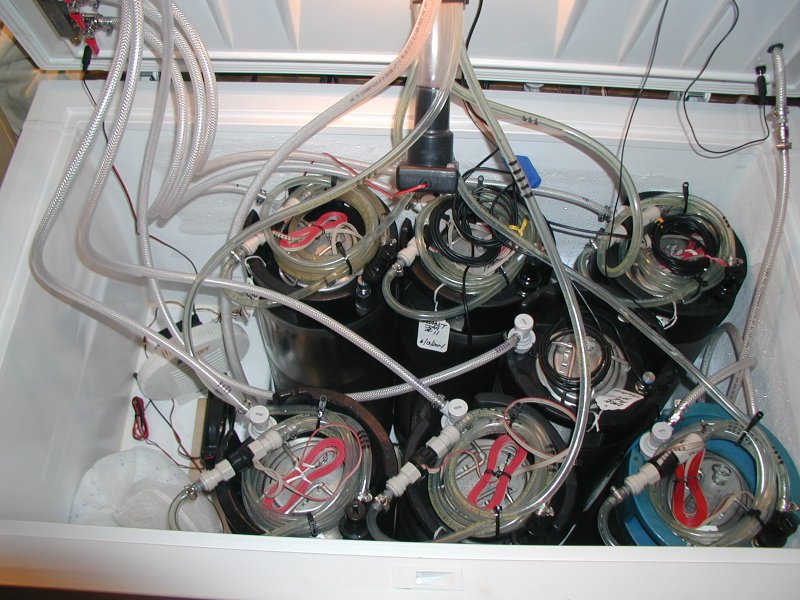The Sainsmart relay board exposes both the Normally Open and the Normally Closed poles. Most folks - those who don't have indicators on their GPIO signals - run with the BrewPi channels inverted, and use the Normally Open relay poles.
Given your shield LEDs indicate the "1" GPIO state, you could simply set BrewPi to Non Inverted, and connect your loads to the Normally Closed poles. Thus wired, your BrewPi shield LEDs will light when the corresponding load is "hot".
Of course, the LEDs on the
relay board will then be inverted - they'll be unlit for a hot load.
You pays your money and you makes your choices

Cheers!











































![Craft A Brew - Safale S-04 Dry Yeast - Fermentis - English Ale Dry Yeast - For English and American Ales and Hard Apple Ciders - Ingredients for Home Brewing - Beer Making Supplies - [1 Pack]](https://m.media-amazon.com/images/I/41fVGNh6JfL._SL500_.jpg)





















